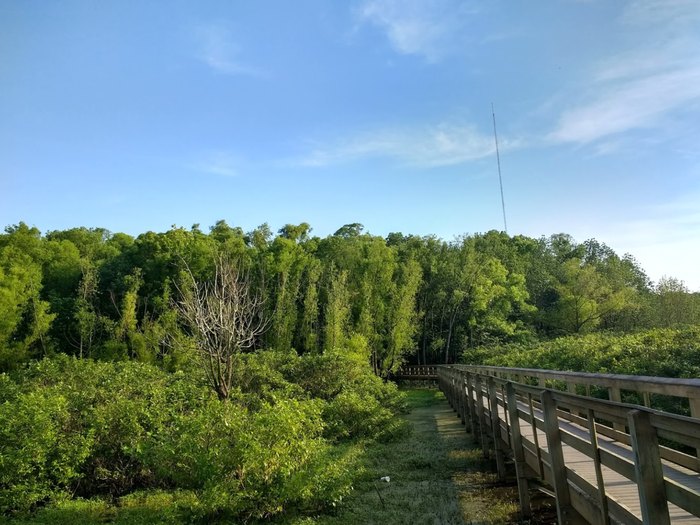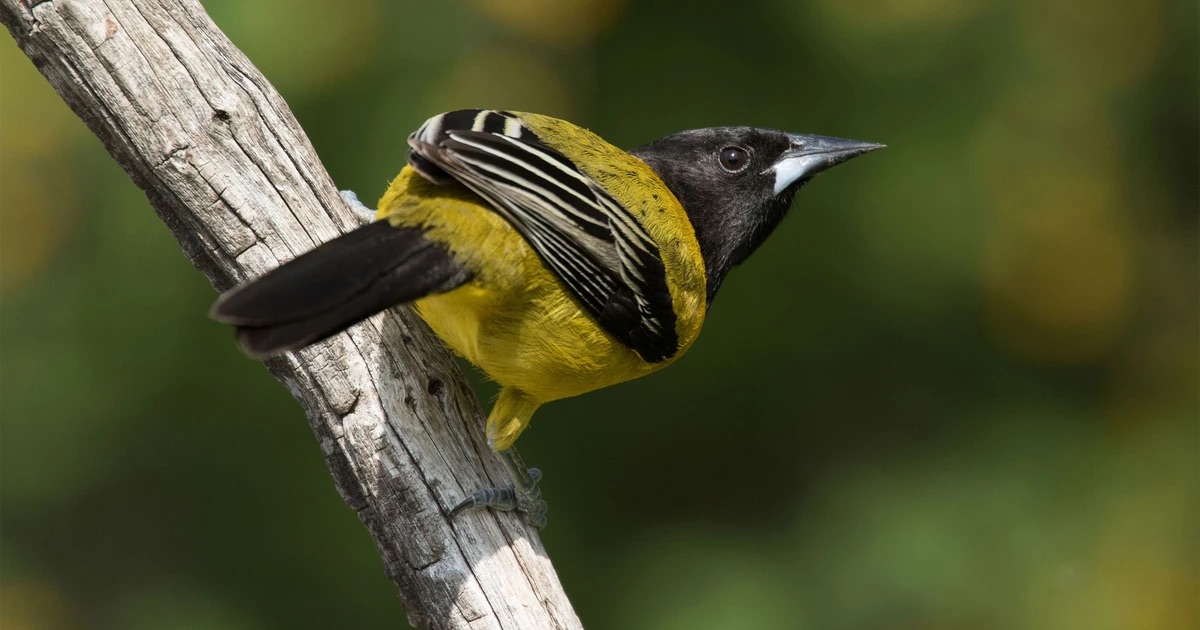Introduction
In the vibrant tapestry of nature, where each species bears a unique name, an unsettling truth emerges within the realm of ornithological nomenclature. A dive into the categorization and naming of our planet’s bird species reveals a dark shadow cast by historical sources of structural racism. The names we assign to these winged creatures, while scientific in nature, are not without social significance. The American Ornithological Society––the nation’s premier birding organization––has been taking steps towards renaming many bird species away from names deriving from racists and slaveowners, and towards names which better represent their physical characteristics.
These names continue to cause harm by perpetuating the ideologies of racists and allowing a sense of exclusion to remain. When people encounter names which could be considered racially insensitive within scientific literature or ornithological field guides, it could invoke a sense of marginalization. Continuing to honor racists in this way also fails to acknowledge the harm they caused, minimizing the experiences of the people who have been historically oppressed. Renaming these species is a small but major step towards dismantling the legacies of racists, and creating a more equitable future for science––a field already difficult enough for people of color.
History of Bird Names

Image of Audubon’s Oriole / Audubon Society
The history of naming bird species emerged primarily during the 18th and 19th centuries, a period marked by a surge in scientific exploration and classification. Bird names can originate from various sources, including physical characteristics, geographic locality, or behaviors and habits, reflecting the diversity and complexity of avian life. However, another common practice in early ornithological discovery was to name birds after the individuals who discovered or researched them. While this tradition honored the contributions of these scientists and explorers, upon closer examination of these historical figures, it becomes apparent that many held racist beliefs or values.
During the colonial era, a time when much early ecological exploration was occurring, scientific ideas often intersected with the ideologies of imperialism, leading to the discrediting of indigenous knowledge and the use of White perspectives on nature. As a result, some ornithologists perpetuated racial stereotypes and hierarchies in their classifications, reflecting the common attitudes of the time. The naming of birds after individuals sometimes served as a form of commemoration or homage, but it also glorified certain individuals, typically white men, and neglected the contributions of others, typically women and people of color, even when they possessed deep ecological knowledge.
Local Connections

Image of John James Audubon / PBS.org
Kentucky boasts a rich history in Ornithology, with over 350 documented bird species in the state. Among its notable figures is artist and naturalist John James Audubon, who lived in Louisville for a few short years, owning a general store. He eventually went on to spend nine years of his life in Henderson, Kentucky. During this time, Audubon produced his work, “The Birds of America,” comprising 435 life-size prints of bird species. He also began the first known examples of bird banding on the continent. By tying yarn around the legs of Eastern Phoebes, he was able to determine they used the same nesting sites year after year.

John James Audubon State Park / Facebook
The state of Kentucky has honored Audubon’s legacy by dedicating the Henderson area’s state park in his name: John James Audubon State Park. Despite his monumental contributions to Ornithology, delving into Audubon’s life reveals a more complex narrative. Audubon was not only a renowned ornithologist, but also a racist and a slave owner who supported his passion for birds through the buying and selling of enslaved people. Renaming Audubon State Park would present an opportunity to engage in critical reflection. While Audubon’s contributions to ornithology undoubtedly deserve recognition, the park’s current name may glorify his legacy without acknowledging the harm he caused as a slave owner. Instead, renaming the park to reflect its natural features or its significance to the local community, such as Henderson State Park or The Ohio River State Park, would dissociate it from Audubon’s problematic legacy while still honoring its importance as a recreational and ecological resource.

Statue of Confederate General Robert E. Lee (now removed) / History.com
The discourse surrounding historical figures with racist backgrounds and the actions needed to acknowledge the flaws in their legacies is not new. Similar to the ongoing debate over Confederate statues throughout the Southern United States, opinions on whether to preserve or dismantle these legacies vary widely. However, this discussion extends beyond individual figures and reflects broader systemic biases and the imperfect history of the United States. While Audubon clearly exhibited a deep ecological knowledge deserving of recognition, it is essential to question whether the lives of the Black individuals he enslaved deserve equal recognition. The reality of early America’s racism, evident in the ownership of slaves by many of its founding figures, only emphasizes the need for critical reflection on historical legacies.

Audubon State Park Welcome Sign / Campsitephotos.com
Context of Black History Month
As we celebrate Black History Month, it’s vital to engage in discussions about historical legacies, particularly focusing on figures like John James Audubon. His contributions to ornithology are vast, but we should recognize that they are shadowed by his ties to slavery and his racist beliefs. These discussions provide an opportunity not only to celebrate the achievements and resilience of Black individuals but also to critically examine the narratives and symbols that have shaped our understanding of history and science.
Efforts by organizations like the American Ornithological Society to rename bird species shows the importance of acknowledging past injustices within scientific fields. By reconsidering names and adopting more fitting descriptive terms, we better represent avian species while also breaking down structural racism. Reevaluating historical figures like Audubon encourages us to rethink how we honor individuals with troubling backgrounds. Audubon’s ornithological contributions are undeniable, but it’s essential to acknowledge his involvement in racial exploitation. This acknowledgment doesn’t negate his achievements but brings about a more nuanced understanding of history—one that recognizes the contributions of all individuals, regardless of race or background.
Ultimately, the renaming of bird species and the dissection of historical legacies are not mere acts of symbolism, but real steps towards justice within the scientific community and beyond. By confronting uncomfortable truths from our past and actively working to address them, we lay the foundation for a better future, where everyone can fully participate and contribute to the pursuit of knowledge and understanding. Black History Month serves as a reminder not only of past struggles and triumphs but also of the ongoing work needed to create a society for all.


1 Comment